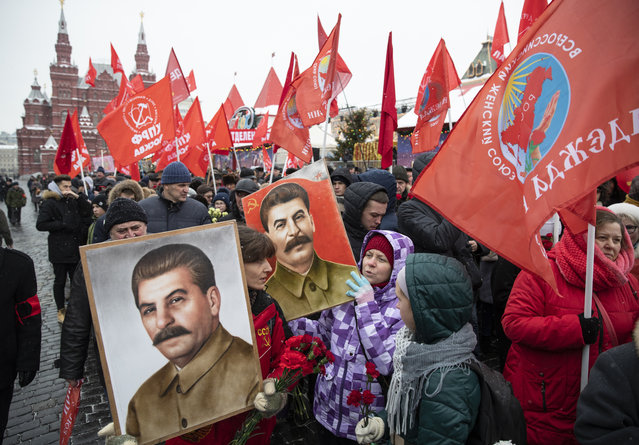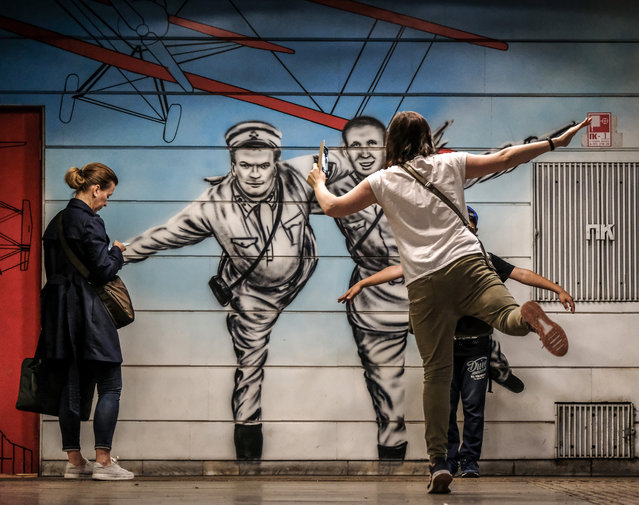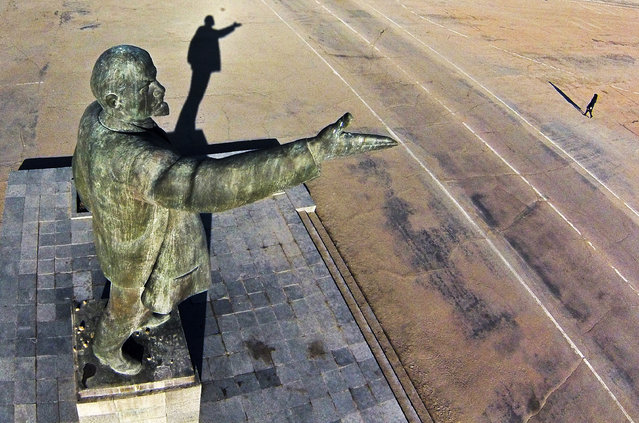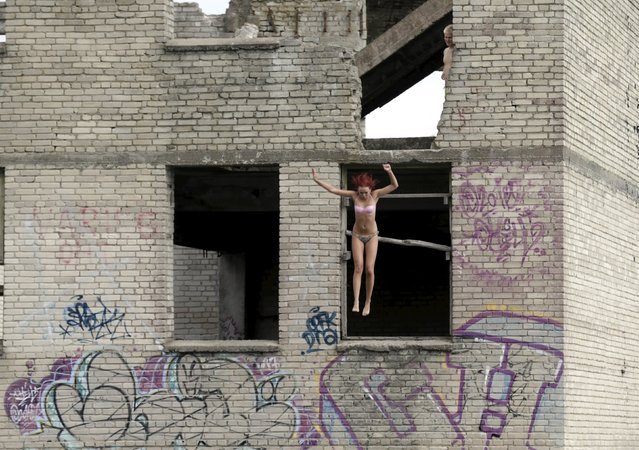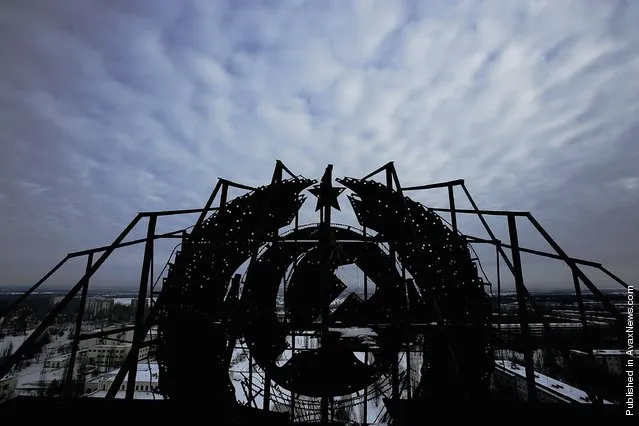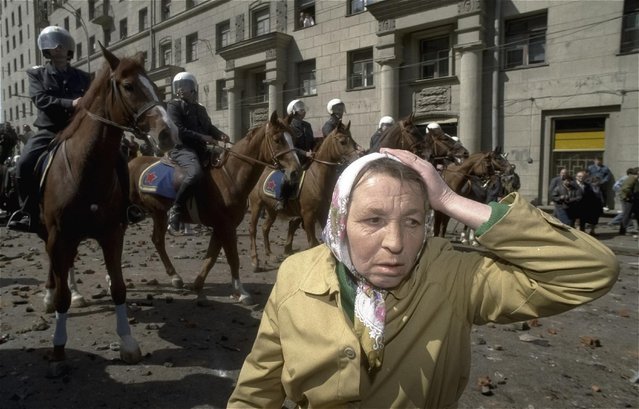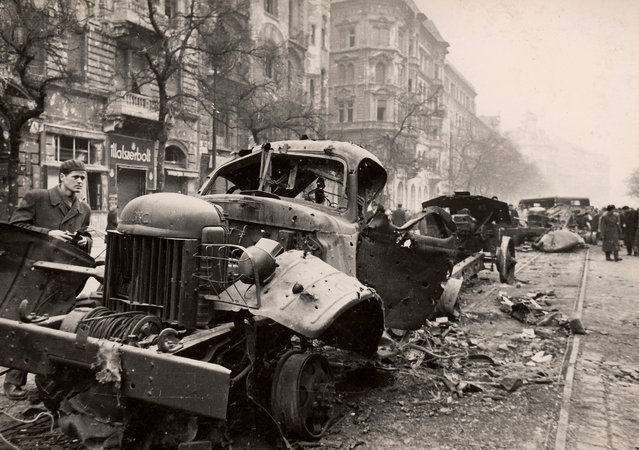
A general view shows the wreckage of armed trucks on the streets of Budapest at the time of the uprising against the Soviet-supported Hungarian communist regime in 1956. The picture was taken in the period between October 23 and November 4, 1956. (Photo by Laszlo Almasi/Reuters)
23 Oct 2016 11:39:00,post received
0 comments

